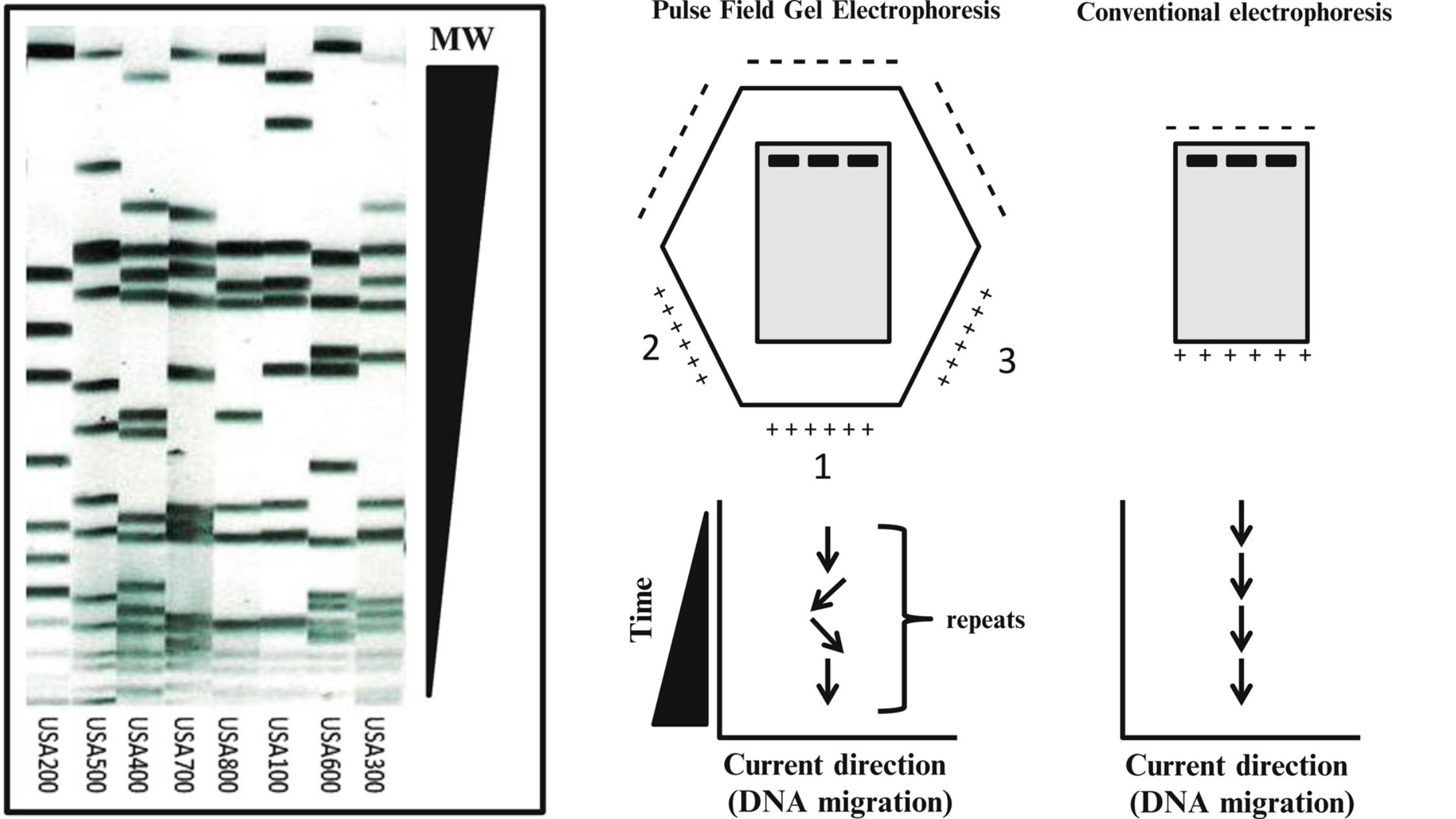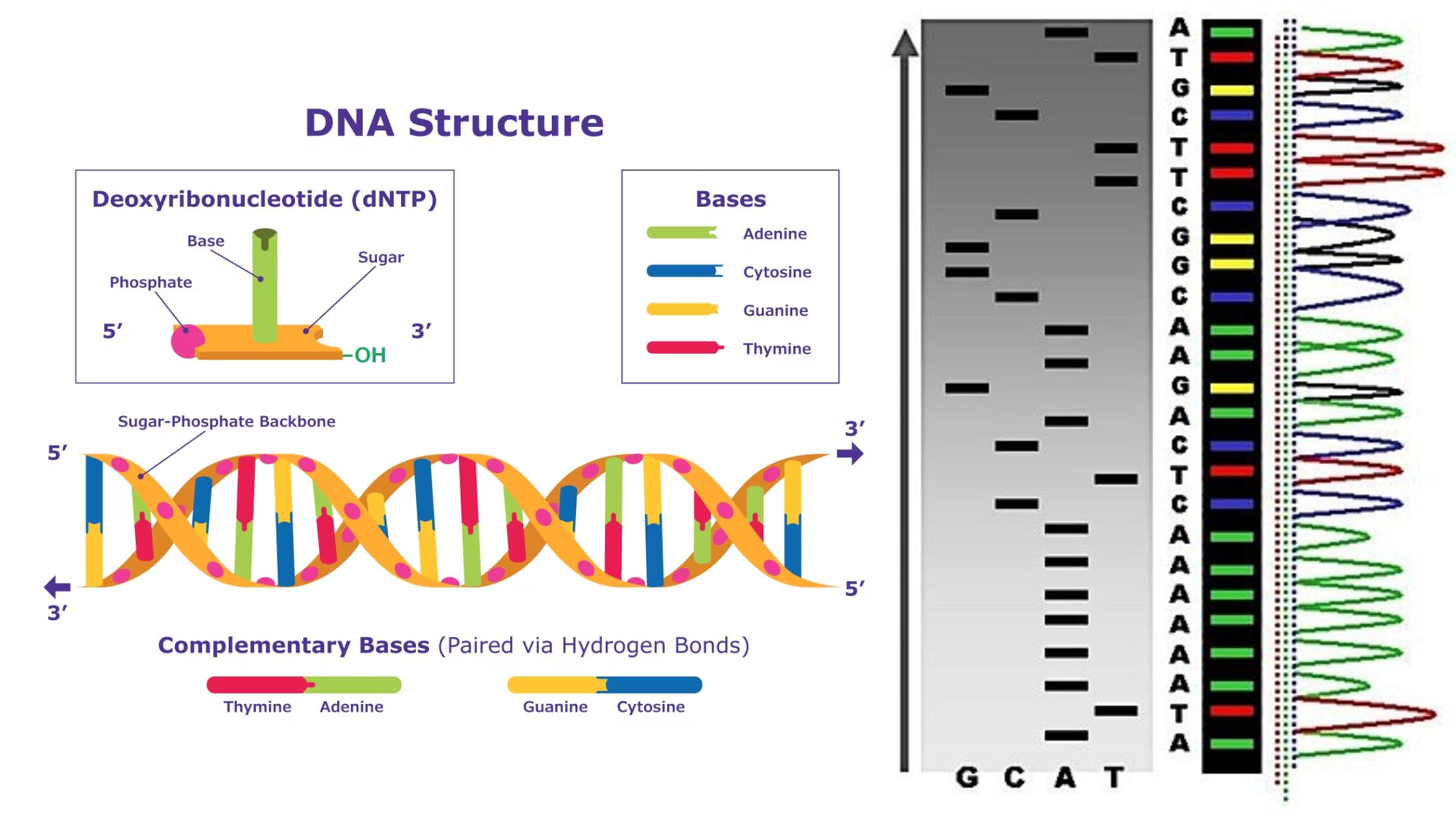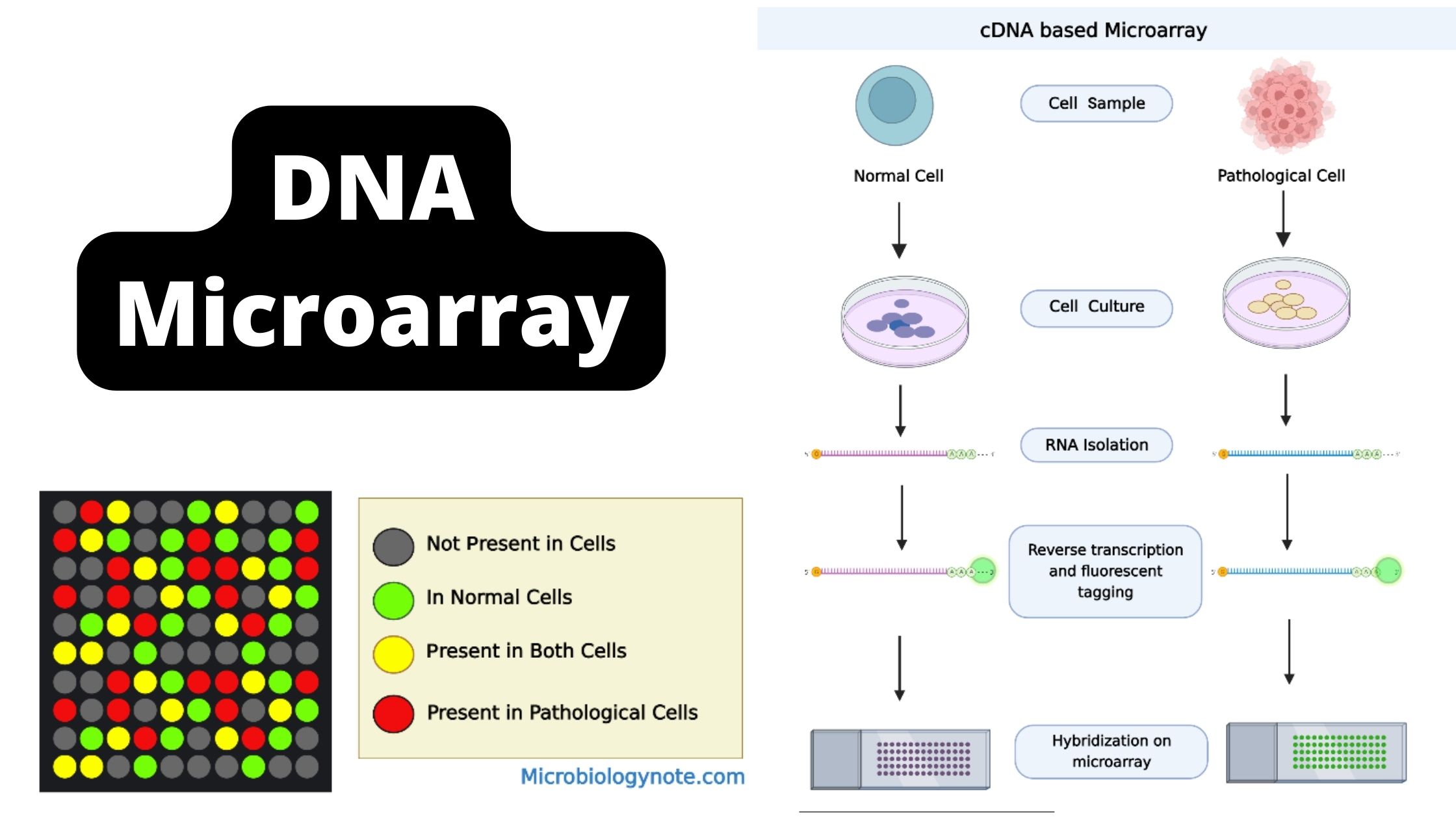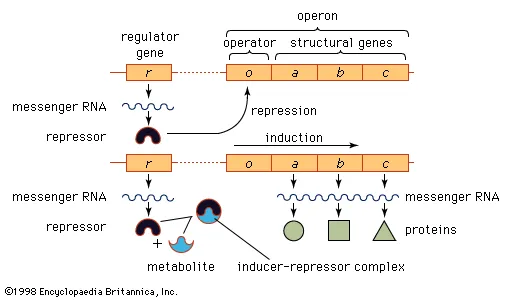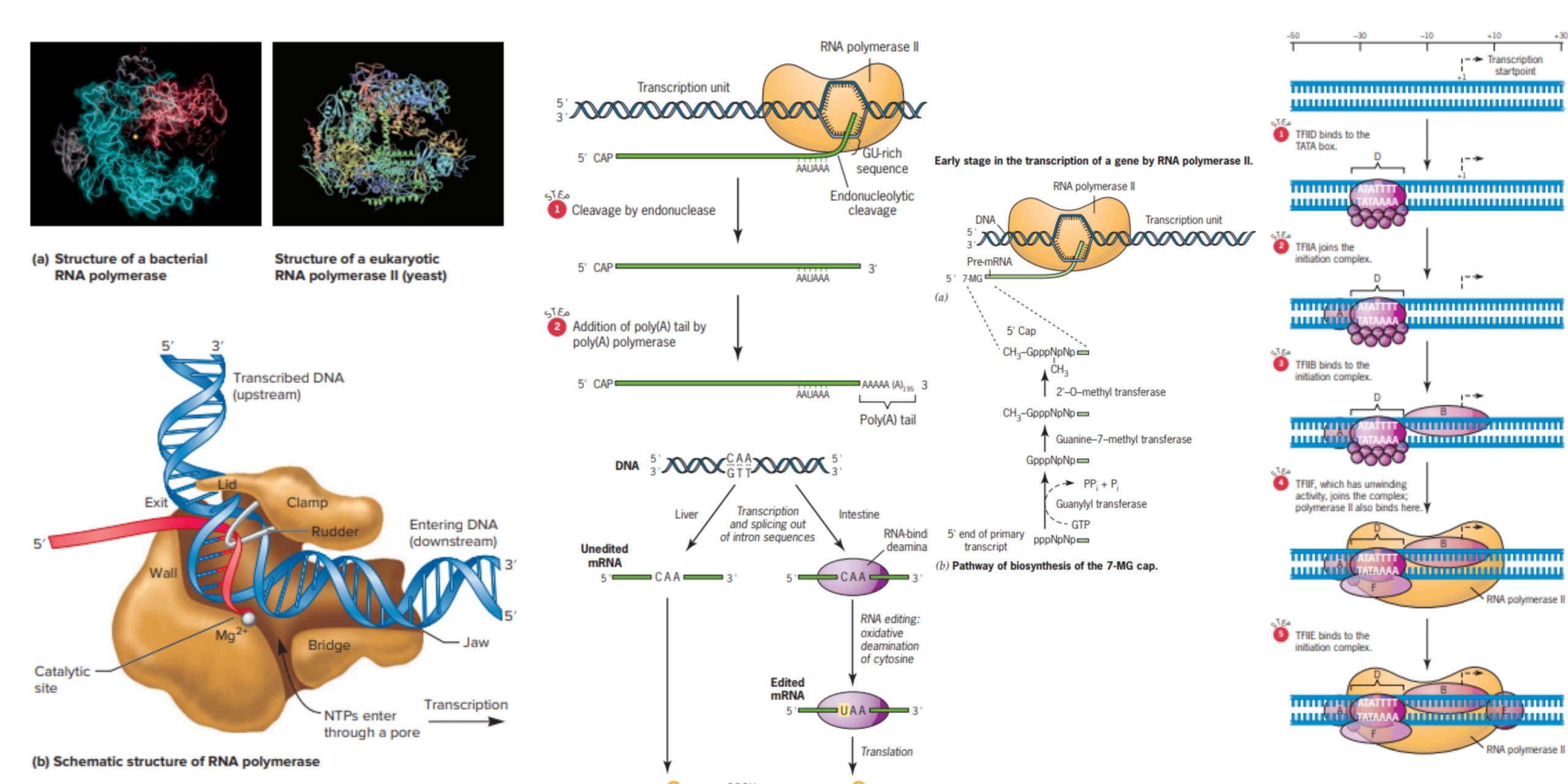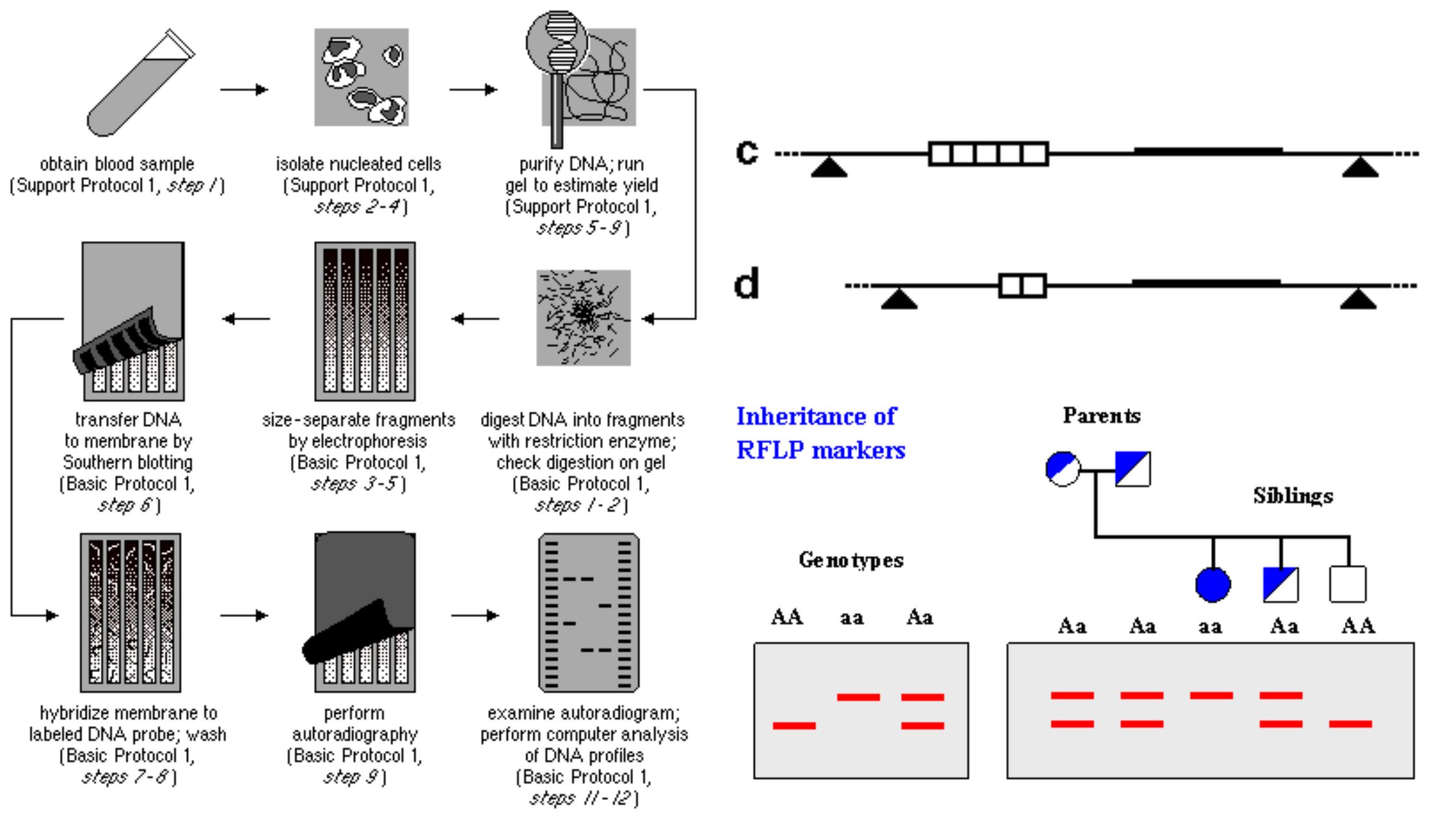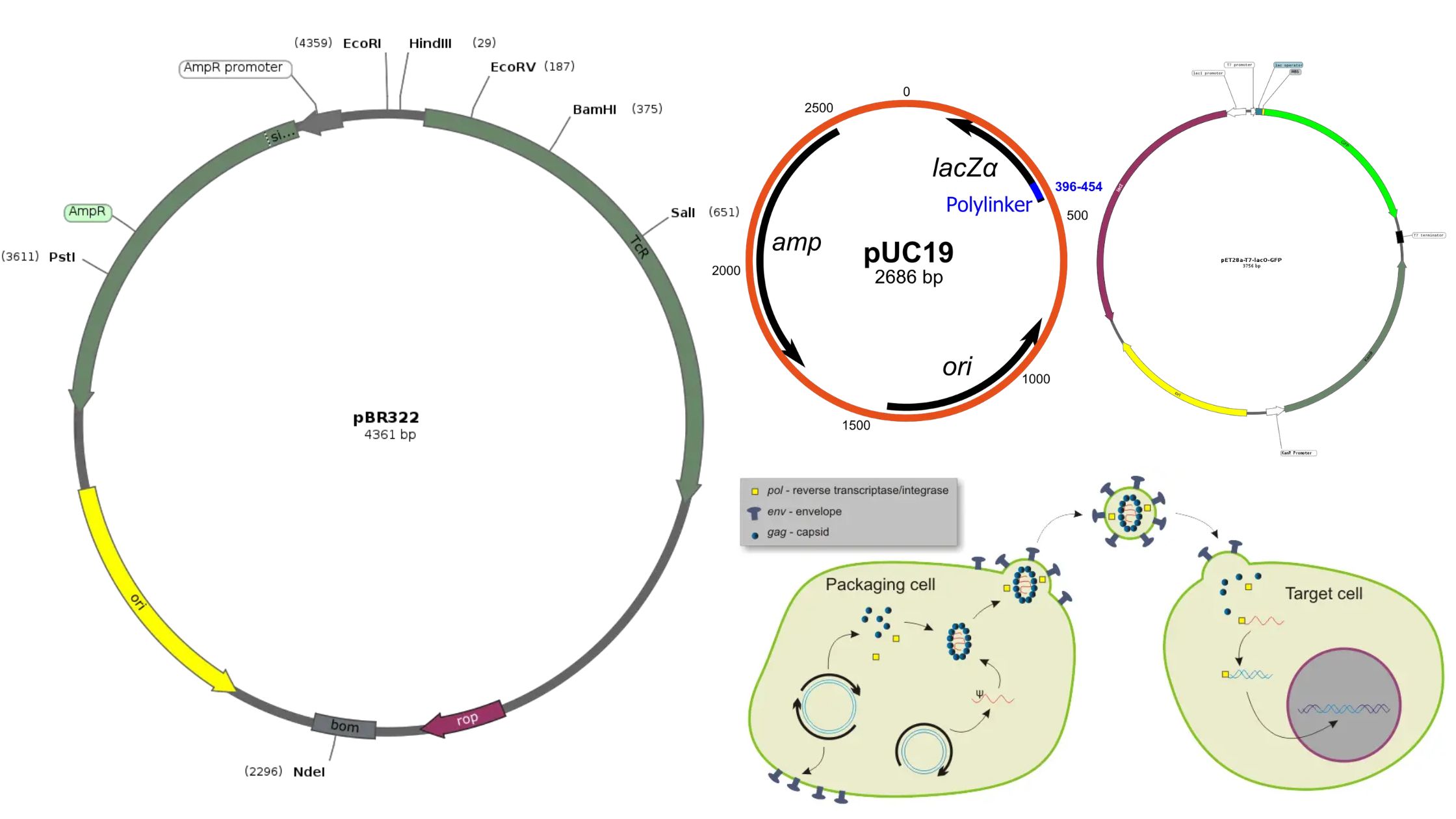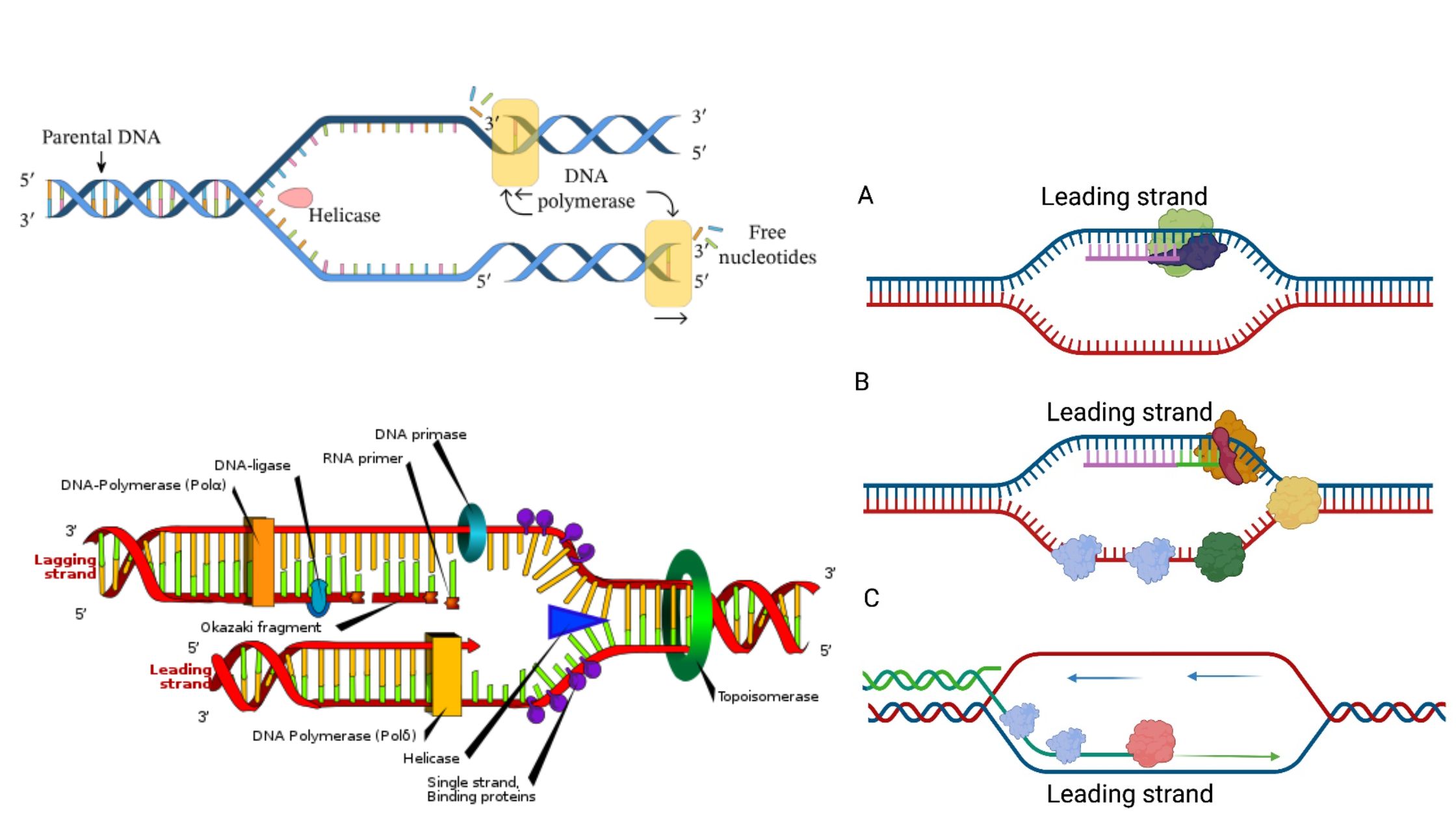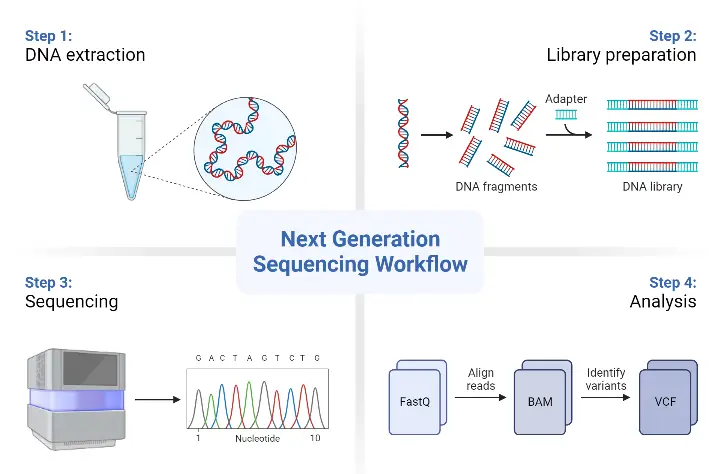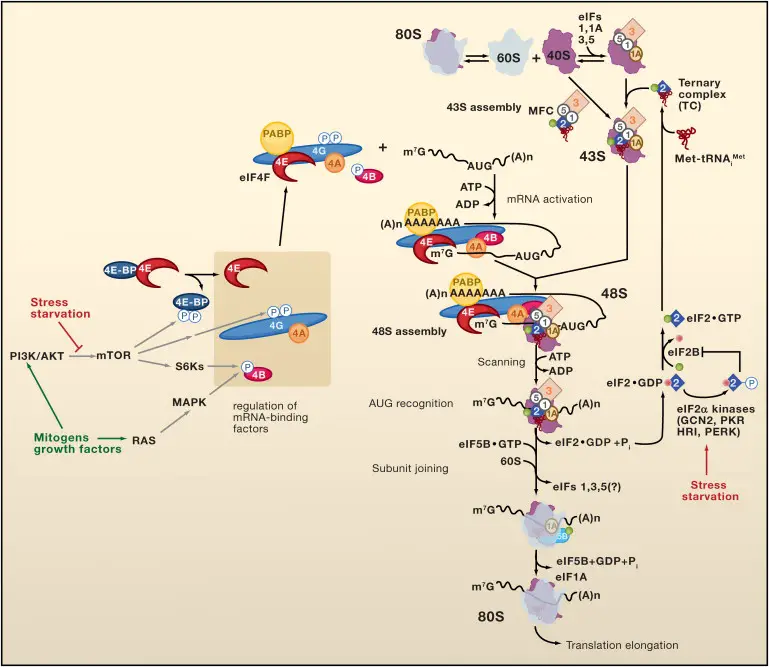Pulse Field Gel Electrophoresis (PFGE) Protocol
Pulsed Field Gel Electrophoresis (PFGE) is a highly effective genotyping technique used for the separation and analysis of large DNA molecules, such as entire genomic DNA. It involves digesting the DNA with specific restriction enzymes and applying it to a gel matrix under an electric field that periodically changes direction. PFGE is a modified version … Read more
